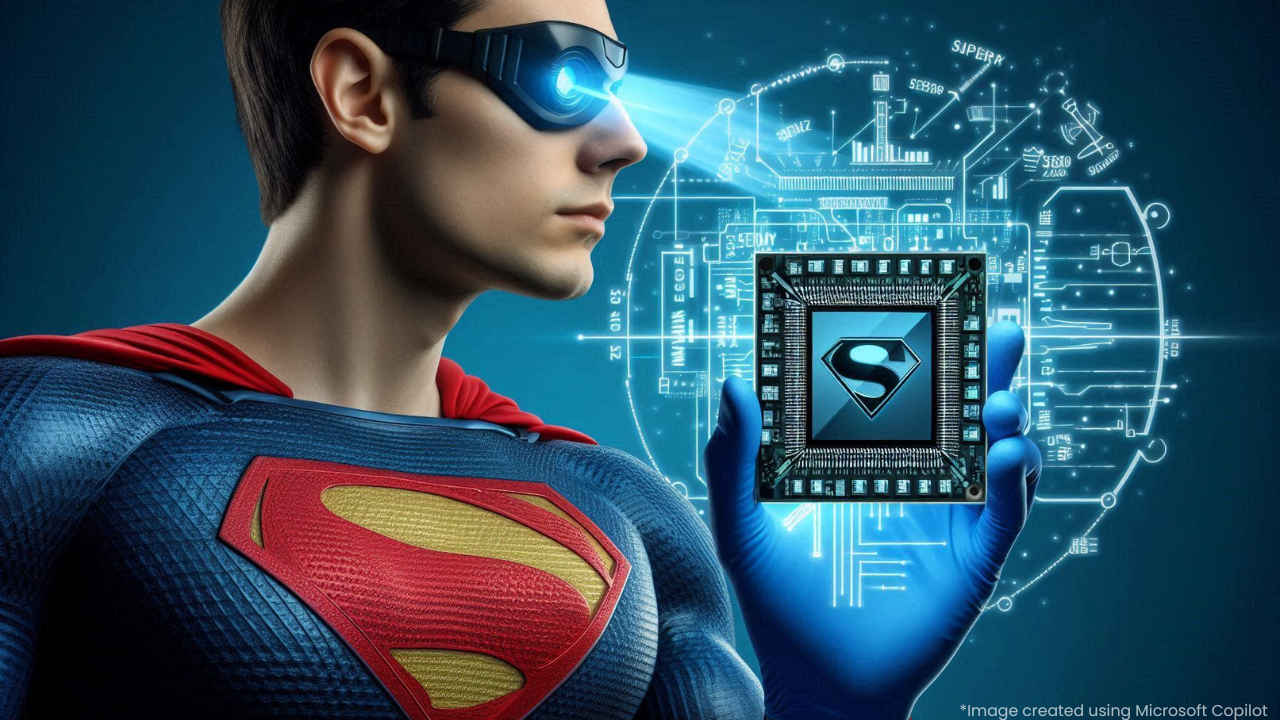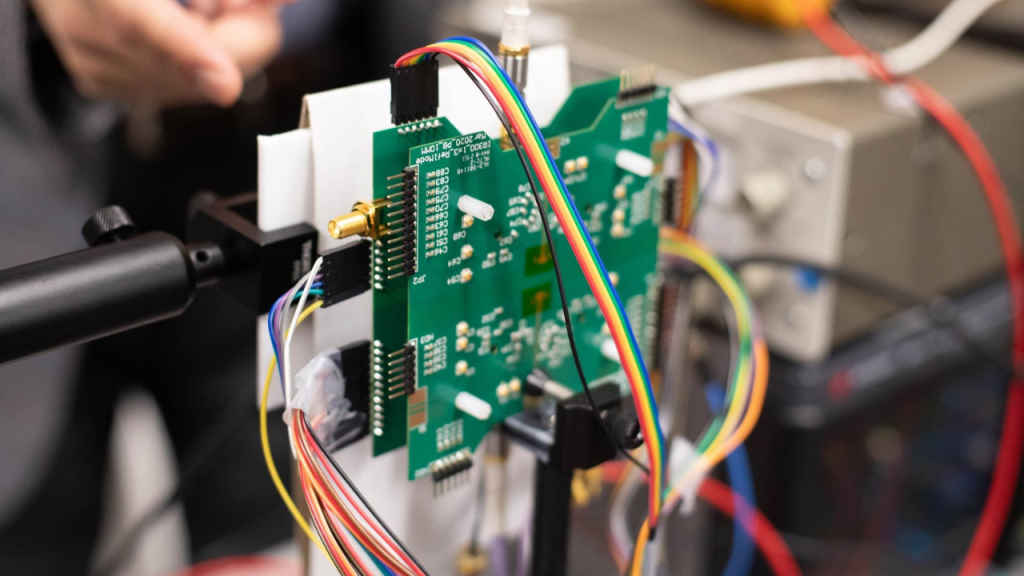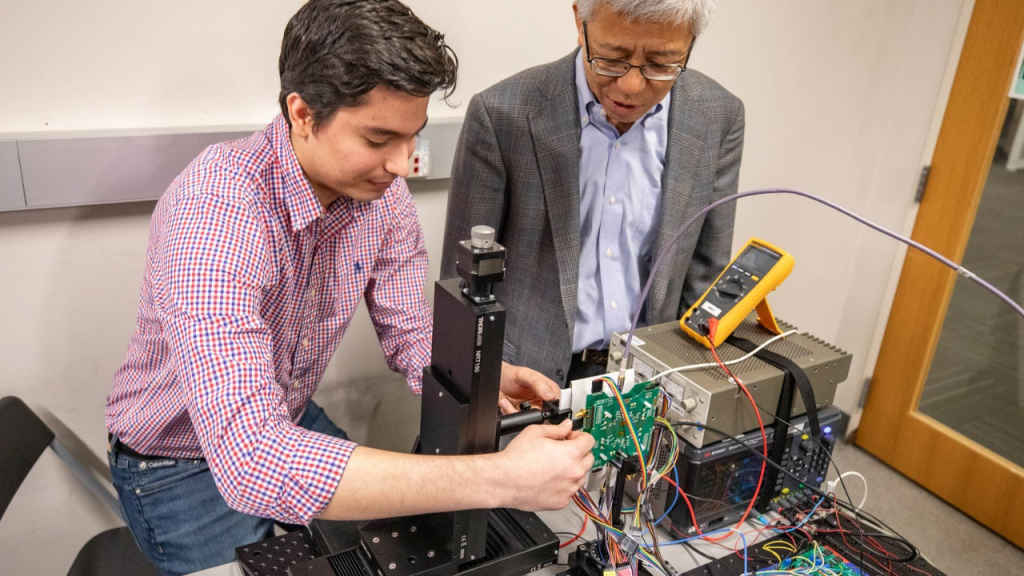Researchers develop Superman-inspired ‘Imager Chip’: Here’s what it can do

Researchers have developed an imager chip inspired by Superman's X-ray vision.
Smartphones equipped with this chip could detect objects concealed within packages or behind walls.
This technology also could have medical applications.
Imagine a world where your smartphone could see through walls, detect hidden objects inside packages, or reveal concealed structures with just a click. This futuristic vision, reminiscent of Superman’s X-ray vision, seems to be inching closer to reality. Researchers have developed an imager chip that, when integrated into mobile devices, could revolutionise the way we perceive and interact with our surroundings.
Let’s delve into the details.
Also read: Scientists develop thinnest lens ever using Quantum Physics: All you need to know

Researchers from The University of Texas at Dallas and Seoul National University have developed an imager chip inspired by Superman’s X-ray vision. This innovation aims to enable mobile devices to detect objects concealed within packages or behind walls.
Also read: Understanding your dog’s bark might soon be possible with AI: Check details

Smartphones equipped with this chip could potentially locate studs, wooden beams, wiring behind walls, cracks in pipes, and even identify contents within envelopes and packages. This technology also could have medical applications.
The researchers initially showcased the imaging technology in a study from 2022. Their most recent paper, published in the March issue of IEEE Transactions on Terahertz Science and Technology, reveals how they tackled a major hurdle: shrinking the technology to fit handheld mobile devices while enhancing image quality.
“This technology is like Superman’s X-ray vision. Of course, we use signals at 200 gigahertz to 400 gigahertz instead of X-rays, which can be harmful,” said Dr. Kenneth K. O, director of the Texas Analog Center of Excellence (TxACE) and the Texas Instruments Distinguished University Chair in the Erik Jonsson School of Engineering and Computer Science.
The research was supported by the Texas Instruments (TI) Foundational Technology Research Program on Millimetre Wave and High Frequency Microsystems and the Samsung Global Research Outreach Program.
“It took 15 years of research that improved pixel performance by 100 million times, combined with digital signal processing techniques, to make this imaging demonstration possible,” said Dr. Brian Ginsburg, director of RF/mmW and high-speed research at TI’s Kilby Labs.
With privacy concerns in consideration, the researchers engineered the technology to operate effectively only at close proximity, approximately 1 inch from an object.
Ayushi Jain
Tech news writer by day, BGMI player by night. Combining my passion for tech and gaming to bring you the latest in both worlds. View Full Profile




